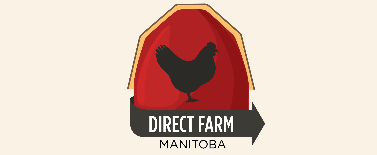Getting fresh about food
 Tuesday, January 29, 2013 at 6:59PM
Tuesday, January 29, 2013 at 6:59PM Last week, we showed ‘Fresh’ the movie, a film that encouraged us to think a little more about where our food comes from and how it is produced.
The film showed us how food production has got so far from a natural process that it has become a system reliant on artificial inputs, and carefully timed and managed practices, with little resiliency to anything outside of the normal range such as weather, pests and disease.
But it also showed us, that farming is about families making the best decisions they can for their businesses, and that there are a whole range of practices out there.
We saw the poultry producers, a family that pretty much provide a bed a breakfast service for poultry reared for meat production. They signed a 7 year contract with a large meat processing company that provides day old chicks and feed, and takes the chickens away at between 6-7 weeks old. The farmers provide the buildings and take care of the birds through the rearing process. For this family, the contract means financial security and a way to keep farming in their local community.
We saw an arable farmer who grows corn and soybean, but refused to use genetically modified crops and has reduced the amount of aerial spraying to reduce inputs and reduce costs. He knew he was harvesting a little less per acre than his neighbour, but his reduced costs and being able to market GMO-free corn made a difference to him.
We saw the family farm started by a forward thinking man who didn’t agree with the agricultural advisors who suggested he tear down trees and improve grassland. They worked with the land they had raising hogs, cattle and poultry in an organic system. The cattle were moved from swath to swath to get fresh grazing and encourage good plant growth. The poultry were brought in behind to break up the cow pats and eat the flies. The hogs cleared the undesirable weeds. The trees provided shelter, shade and so much more. The family all worked together in this endeavour, and they seemed to be a happy crowd.
Then we saw the city farm, a four acre lot producing fresh food for customers who came to them to buy vegetables and to attend workshops. They used every available space even growing vertically. They composted their own waste on site and took local restaurant waste, and they reared poultry and goats.
What the film showed me is that when you talk about ‘farmers’ or ‘producers’, you shouldn’t generalize or make assumptions about the production systems. The agricultural systems practised by our food producers can’t always be found in a text book, and many farmers are using a mixture of natural and artificial systems, reducing their applications of herbicides and pesticides or using organic manures as well as chemical fertilizers, but can’t call themselves organic and benefit from a label.
Through SETI, as we hear about local producers using natural systems and reducing inputs, we will promote them on our web-pages, but we need to hear who do you buy from and why?
Selena Randall



Reader Comments